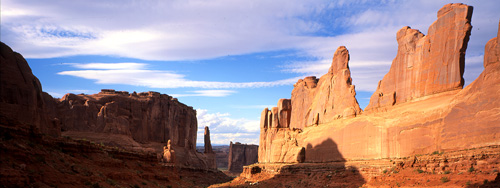Our planning document

PRELIMINARY/WORKING DRAFT
TABLE OF CONTENTS
CANYONLANDS WATERSHED COUNCIL SUSTAINABILITY PLAN AND PROGRAM
I. Introduction, Need and Purpose
II. The Canyonlands Watersheds: Descriptions, Delineations, Resources Southeast Colorado River Basin/Greater Kane Springs Section
A. Moab/Spanish Valley (Pack Creek, Mill Creek)
B. Castle Valley (Castle Creek, Placer Creek)
C. Dolores River
D. Others
III. Canyonlands Watershed Council: Partnerships, Organization, Funding
IV. Legal, Regulatory, Jurisdictional and Administrative Infrastructures, Mandates, Guidance, Programs and Issues
A. Federal
B. State
C. Local (County and Municipal)
D. Tribal
E. NGO/private
V. Watershed Characterizations
A. Geophysical/General
B. Social, Demographic, Economic, Transportation
C. Biological, Soils
D. Hydrological
1. Surface waters
2. Groundwater
3. Quantification, Water Rights and Uses
4. Wastewater, Stormwater
5. Water Quality, Impairments and Pollution Sources
6. Ecosystem health and Biodiversity
7. Community Water Budget
8. Climatological
a. Baseline/historic
b. Climate change influences, trends, projected effects
VI. Identification of Issues, Problems, Goals and Solutions
A. Watershed/Ecological Health and Economic/Industrial Activity
B. Relationships/Indigenous Perspectives
C. Water Quantity and Quality
D. Community Sustainability
E. Governance and Management; Political, Legal and Administrative Considerations
VII. Implementation Strategies, Plans and Management
A. Addressing Protected and Impaired Waters
B. Air Quality Management
C. Other Pollution Sources
1. Municipal Solid Waste
2. Land Use
3. Mining, Manufacturing, Industrial, Waste Disposal
4. Non-point Pollution
D. Data Collection and Analysis
E. Restoration Strategies
F. Monitoring
VIII. Watershed and Community Sustainability
A. Issues/Realities/Challenges
1. Peak Oil
2. Peak water
3. Climate Change
4. Economic Upheaval
B. Mission, Values and Goals
1. Community Focus Areas
C. Water
D. Energy
E. Agriculture
F. Building, Construction and Development
G. Transportation
H. Community Security and Well Being, Education, Participation, Implementation
IX. Monitoring, Review, Revision, and Measuring Success
X. Glossary, Reference Maps and Tables, Appendices
XI. Technical Resources, Expert Consultation, Agency programs, Publications and Studies
